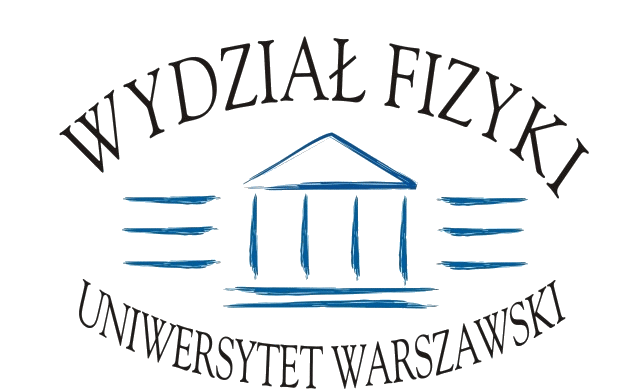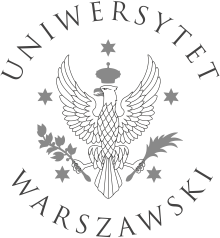Leopold Infeld Colloquium
2006/2007 | 2007/2008 | 2008/2009 | 2009/2010 | 2010/2011 | 2011/2012 | 2012/2013 | 2013/2014 | 2014/2015 | 2015/2016 | 2016/2017 | 2017/2018
2014-03-06 (Thursday)
prof. Tomasz Taylor (Northeastern University, Boston)
Unity of Amplitudes
Theoretical understanding of proton-proton collisions at the Large Hadron Collider is based on the standard model - a quantum field theory of quarks and leptons interacting with gauge fields. Some of the most important quantum field-theoretical observables are the amplitudes describing multi-particle, relativistic processes in which matter, antimatter particles and gauge bosons are scattered, created and/or annihilated. Over the last decade, there has been enormous progress in understanding the structure of scattering amplitudes in the standard model. It is less known that some significant progress has been also accomplished in gravity and in string theory, where the scattering amplitudes of hypothetical gravitons offer a testing ground for some new ideas about the relation of gauge theory to quantum gravity. I will describe some recent developments which point towards a fascinating unity of all gauge, gravity and string amplitudes
2014-01-23 (Thursday)
Prof. Marc Mézard (Ecole Normale Superieure)
Statistical Physics and Information Theory : New Frontiers
Remarkable progress has been made in the statistical physics of disordered systems in the last three decades. A system can be disordered either because each particle (or spin, or neuron, or economic agent...) is different from all other ones, or because it sees a differentenvironment: generally this happens in a glassy phase, in which the various particles freeze in some positions which look random, and don't have the periodicity of a crystal. In these cases, it turns out to be very difficult to even understand the basics of the collective behaviour, such as the phase diagram. This field has been one of the main developments of statistical physics, starting with spin glass theory. Offsprings developed gradually towards such diverse systems as combinatorial optimization problems, error correcting codes, neural networks, structural glasses, or systems of interacting economic agents with heteronegeous strategies. Recently, I have started to consider the vast potentialities offered by cross fertilizations between the field of Statistical Physics and that of Information Theory, which I will develop throughout my conference.
2014-01-09 (Thursday)
Prof. dr hab. inż. Arkadiusz Wójs (Institute of Physics, Wrocław University of Technology)
Composite fermions and topological quantum liquids
Composite fermions, loosely defined as bound states of electrons and magnetic flux quanta, are emergent particles in interacting 2D systems in high magnetic fields, originally proposed to unify fractional and integral quantum Hall effects. Recently this concept was applied to the most exotic topological electron phases characterized by non-Abelian quasiparticle statistics. In my talk, I will briefly review the ideas of composite fermions, topological order, and braid statistics, and present an original extension of the composite fermion model to describe in an intuitive fashion the emergence of non-Abelian statistics in to so-called parafermion fractional quantum Hall states, especially attractive in the context of topological quantum computation.






